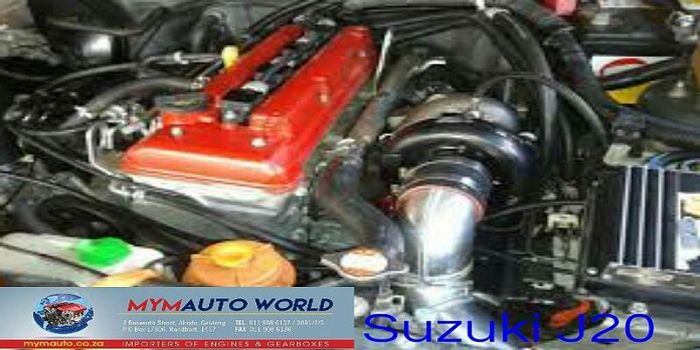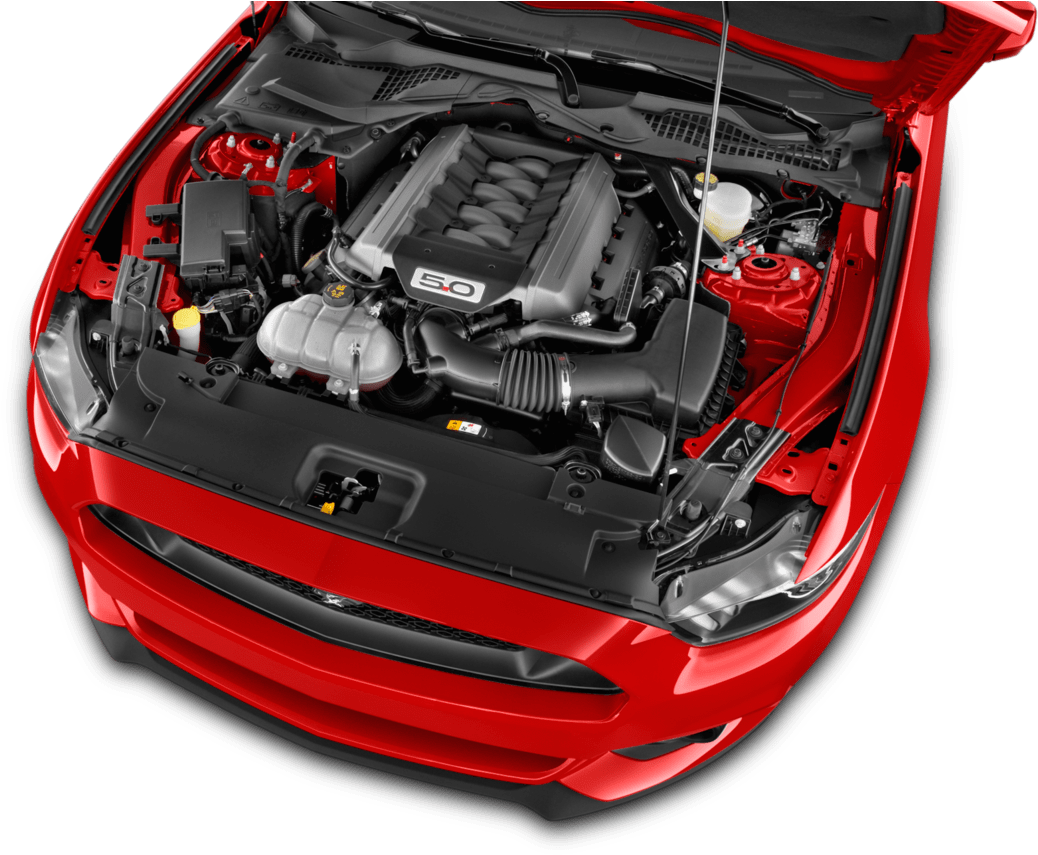Comprehensive Review of a Subcompact Cars and truck's Powertrain Capabilities
In the world of automobile engineering, the powertrain of a subcompact vehicle stands as a vital nexus where advancement, performance, and performance merge. From the engine's ruthless search of optimum performance to the transmission's seamless choreography of power distribution, every component plays an essential duty in defining the total driving experience.
Engine Performance Analysis
In examining the engine performance of the subcompact auto, a comprehensive evaluation exposes its performance and power output under numerous driving conditions. The subcompact auto's engine, a critical component of its powertrain system, demonstrates good performance metrics.
Furthermore, when based on rigorous screening scenarios such as high-speed velocity or uphill climbs, the engine demonstrates durability and responsiveness. Its power output continues to be regular, providing appropriate acceleration when needed. The subcompact cars and truck's engine is customized to satisfy the needs of metropolitan driving, where fast velocity and active maneuverability are vital.
Additionally, the engine's layout includes modern-day technologies that enhance its efficiency characteristics. Functions like turbocharging or variable valve timing add to enhanced power delivery and torque, boosting the overall driving experience. In conclusion, the engine efficiency of the subcompact car underscores its ability to supply reliable and reliable power result throughout various driving problems.
Transmission Efficiency Examination
Examining the subcompact cars and truck's transmission effectiveness entails examining its efficiency in transmitting power flawlessly throughout different driving conditions. The performance of a transmission system is essential as it straight influences the overall efficiency and fuel economic climate of the car. In examining transmission efficiency, factors such as gear proportions, change timing, and the smoothness of gear changes are considered. A well-designed transmission system ought to effectively supply power from the engine to the wheels while decreasing energy losses.
One common approach used to review transmission performance is through dynamometer screening, where the power output from the engine is gauged at the input and result shafts of the transmission. By examining these aspects, engineers can recognize locations for improvement and maximize the transmission system for better total efficiency and efficiency.
Gas Efficiency Examination
The evaluation of the subcompact automobile's fuel efficiency involves an extensive analysis of its intake rates under various driving conditions. Gas effectiveness is an important consider evaluating the general performance and cost-effectiveness of an automobile. By gauging the quantity of fuel eaten each range took a trip, generally revealed as miles per gallon (MPG) or litres per 100 kilometers (L/100 km), the effectiveness of the subcompact vehicle's powertrain can be determined.

Furthermore, advancements in innovation, such as crossbreed systems, regenerative stopping, and automated start-stop systems, have actually considerably enhanced fuel efficiency in modern-day subcompact autos. Suppliers continue to introduce and maximize powertrain components to boost gas performance while satisfying efficiency demands and environmental laws. Assessing a subcompact automobile's fuel performance provides beneficial news understandings for customers seeking cost-effective and lasting transport options.
Acceleration and Handling Evaluation
An indispensable element of examining the efficiency capabilities of a subcompact auto depends on analyzing its acceleration and taking care of features. Velocity is critical as it identifies exactly how promptly the automobile can reach preferred rates, affecting overall driving experience and ability to move in different website traffic conditions. opel corsa engine. Subcompact cars are commonly preferred for their nimbleness and dexterity, making acceleration from grinding halt and throughout overtaking maneuvers necessary variables to take into consideration
When it concerns handling, a subcompact automobile's ability to navigate corners, maintain security at high like this rates, and supply a responsive steering feel are vital. Limited city roads and winding roads call for specific taking care of to make certain vehicle driver self-confidence and safety and security. Factors such as suspension adjusting, weight circulation, and tire grasp play significant duties in identifying a subcompact vehicle's general handling prowess.

Powertrain Parts Summary
Upon delving right into the complexities of a subcompact auto's efficiency, an extensive examination of its powertrain elements is necessary to realize the car's mechanical underpinnings. The powertrain of a subcompact car typically includes the engine, transmission, driveshaft, differential, and axles. The engine, commonly a smaller sized displacement four-cylinder in a subcompact vehicle, is responsible for producing power by burning fuel and transforming the power into mechanical force. The transmission, whether handbook or automatic, transfers this power to the wheels through the driveshaft. The differential enables the wheels to revolve at different rates when transforming, enhancing ability to move. Furthermore, the axles send power from the differential to the wheels, enabling activity. Understanding just how these parts collaborate is essential in analyzing a subcompact auto's total efficiency, effectiveness, and driving dynamics. In the following area, we will certainly dive much deeper into the particular duties and interactions of each powertrain element to offer a thorough overview of a subcompact auto's powertrain capacities.
Final Thought
In verdict, the subcompact automobile's powertrain capacities have been completely assessed in terms of engine efficiency, transmission performance, fuel effectiveness, handling, and velocity. The comprehensive evaluation highlights the significance of each part working with each other perfectly to provide optimal performance. Generally, the powertrain parts of the subcompact automobile have actually been located to be effective and healthy, making it a dependable option for vehicle drivers seeking a small and fuel-efficient vehicle.
In the realm of automobile design, the powertrain of a subcompact car stands as an important nexus where efficiency, development, and performance merge.In evaluating the engine performance of the subcompact vehicle, a detailed evaluation exposes its effectiveness and power outcome under various driving problems.Examining the subcompact auto's transmission performance entails assessing its efficiency in transferring power perfectly throughout numerous driving problems. Recognizing sites exactly how these elements function together is essential in assessing a subcompact automobile's overall efficiency, performance, and driving characteristics.In conclusion, the subcompact auto's powertrain abilities have been thoroughly assessed in terms of engine performance, transmission performance, gas handling, efficiency, and velocity.